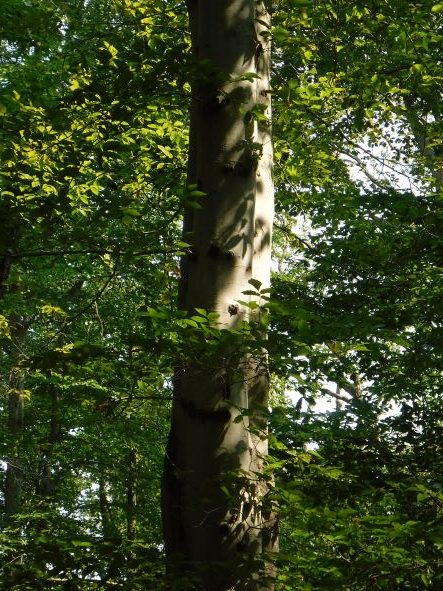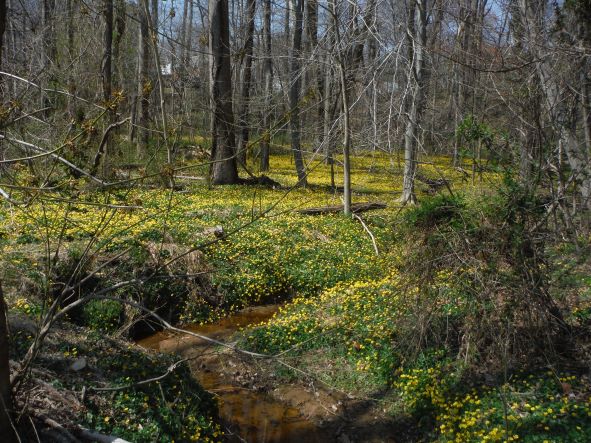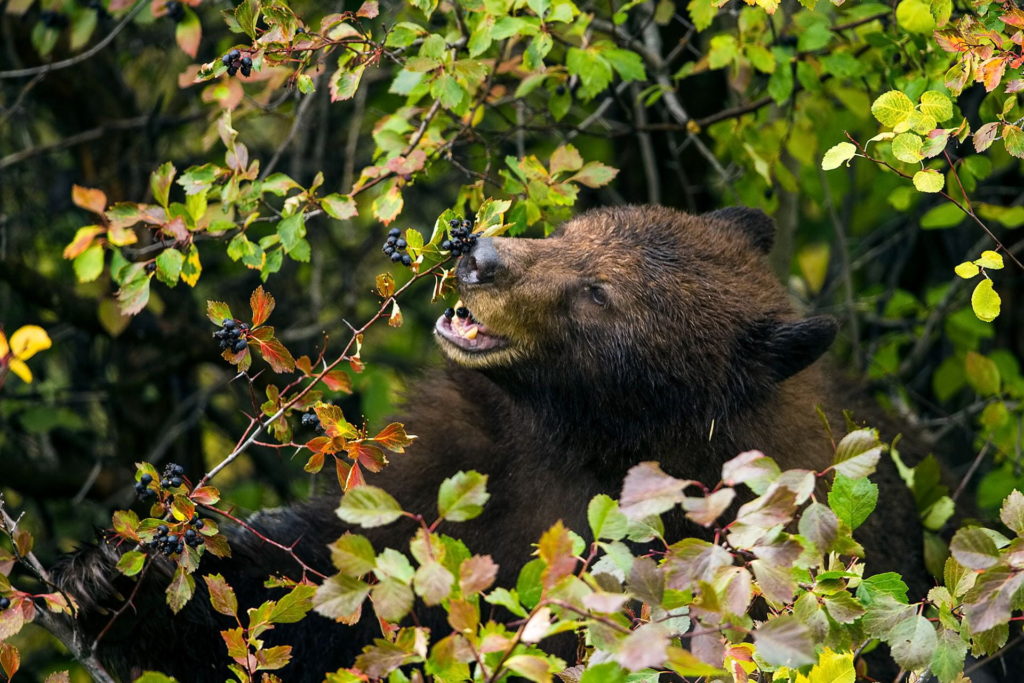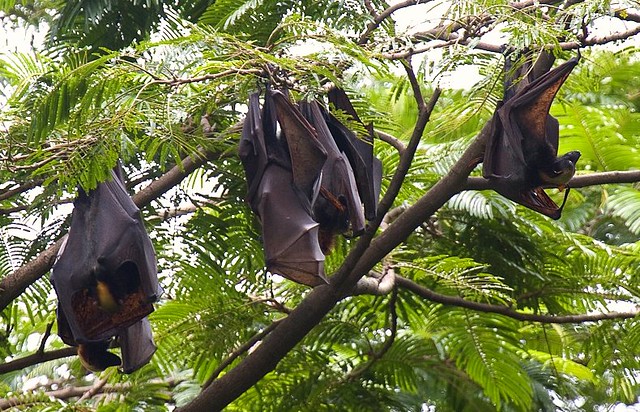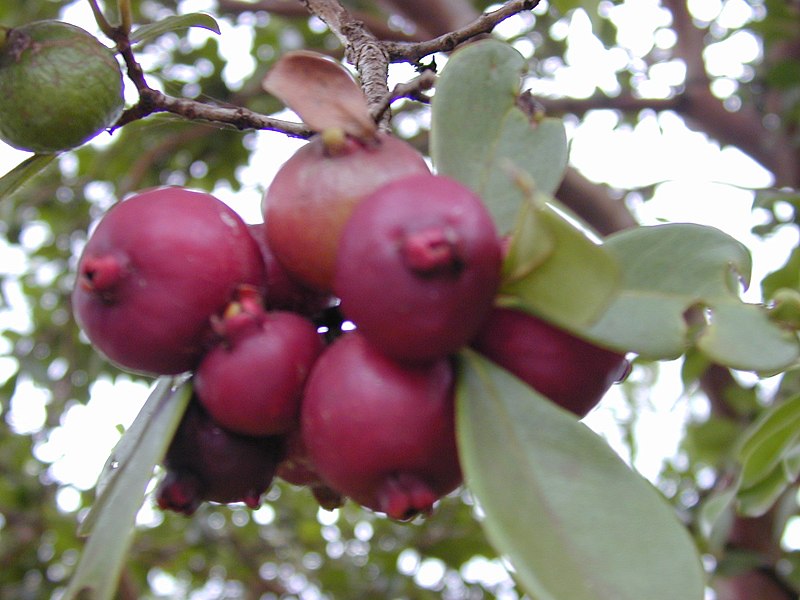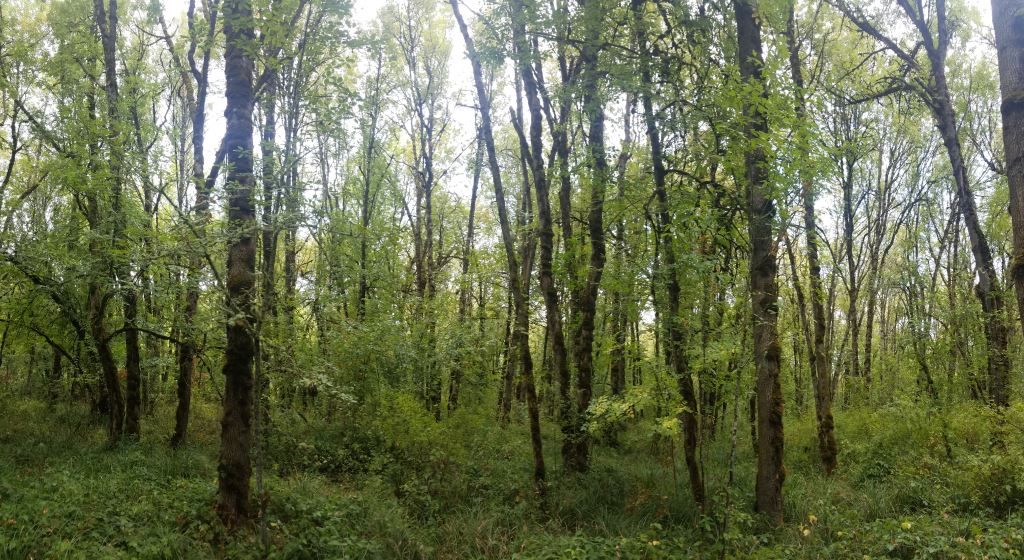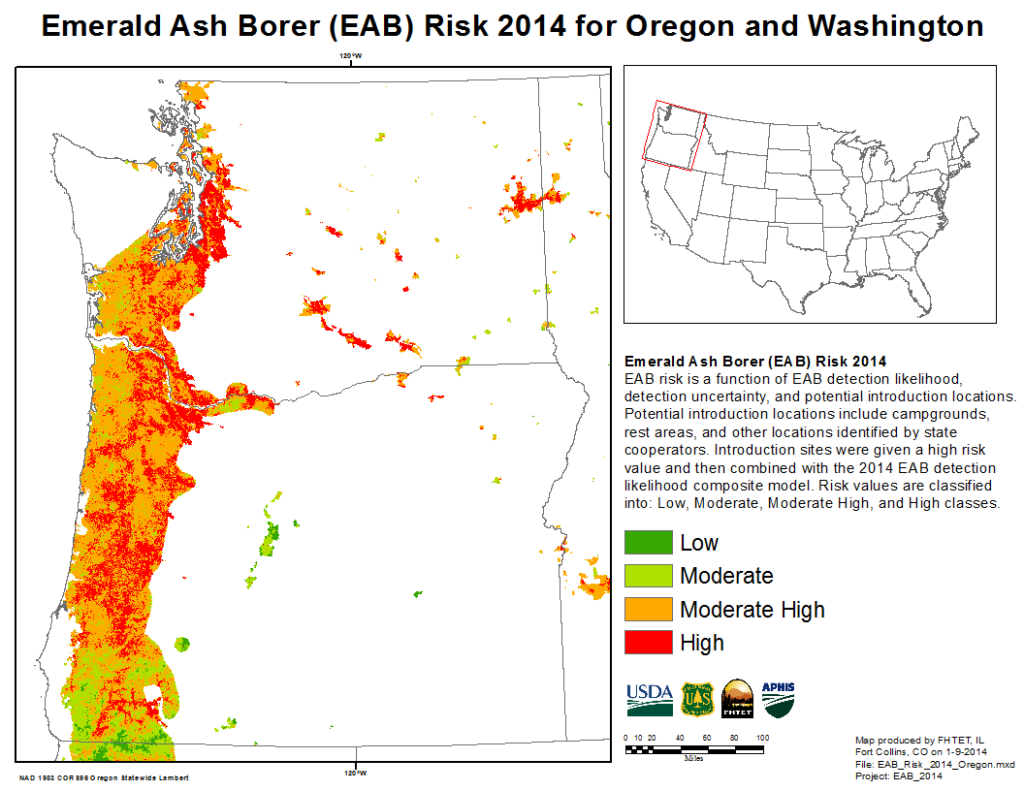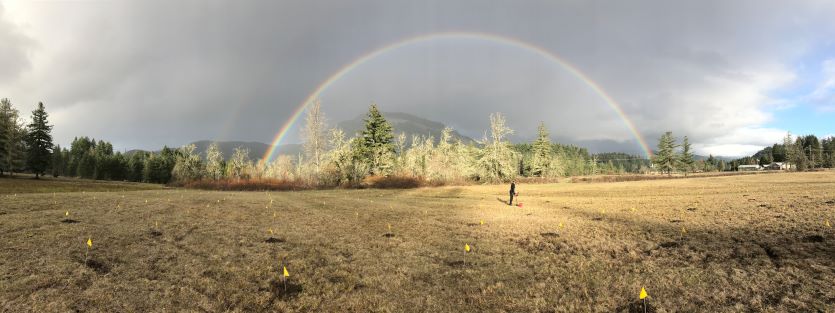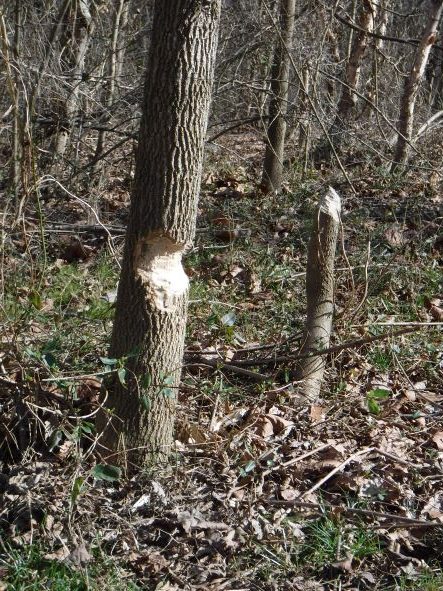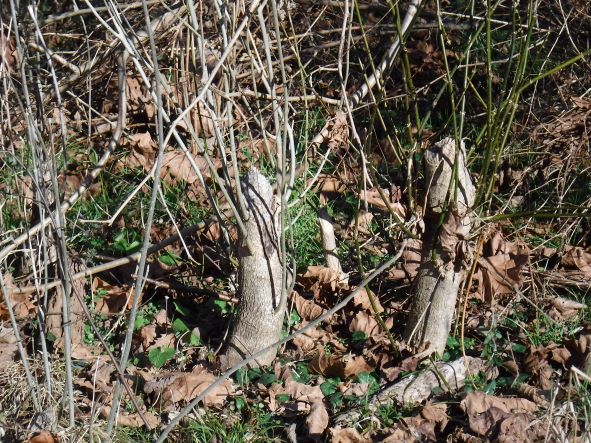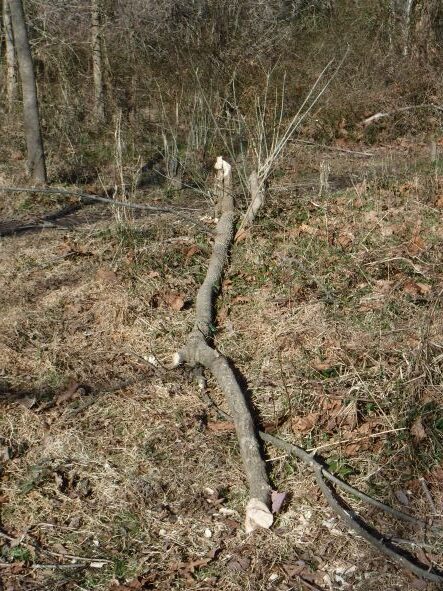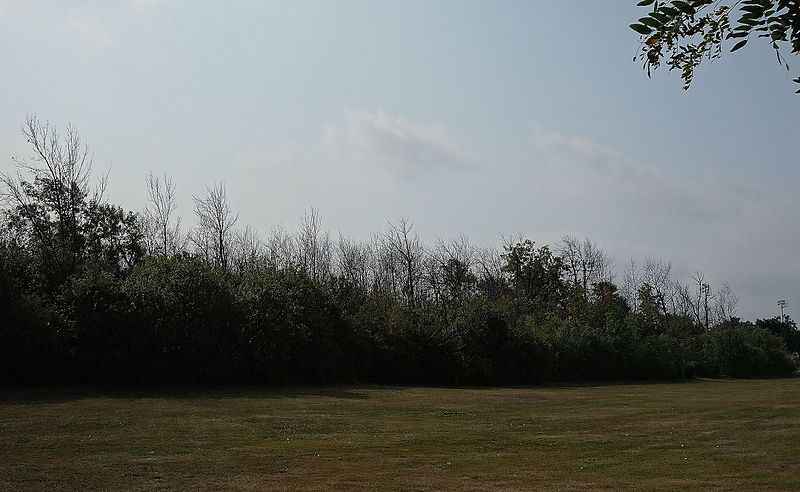
Lately I have become aware of articles discussing how silviculturists and timber managers in the East are responding to the threat from introduced pests.
As Holt et al. (2022; full citation at end of blog) point out, private landowners control 56% of U.S. forestland – and 80% in the East. Their collective decisions about managing those forests are one of two factors that largely determine the composition and structure of the forested landscape and the ecosystem services those woodlands provide. The second determining factor is invasive pests. If an invasive pest prompts many landowners across the East to harvest their timber, the collective impact will be enormous. In this way, invasive species carry a double threat: direct mortality of one or more tree species or genera; and stimulation of removal of the host species from the forest by land managers trying to maximize or protect their current and future monetary investment.
Projections suggest that the number of non-native woodborers established in North America will increase three- or four-fold by 2050. If these prove true (see Leung et al. 2016), the impact on eastern North America forests and associated ecosystem services would be profound.
Holt et al. explore how private landowners have responded to an actual invasive species, the emerald ash borer (EAB). They analyze the influence of EAB’s presence on:
(1) annual probability that a landowner would decide to harvest timber on his/her own lands;
(2) intensity of any such harvest (percentage of trees cut); and
(3) diameter of harvested trees.
They examined harvesting of both the host (ash) and non-host species that co-occur.
Using data from U.S. Forest Service permanent inventory plots, they compared harvest levels in counties in which EAB was detected before 2007 to harvest levels in counties that were infected after 2012. To simplify, they omitted counties in which EAB was detected during the period 2007–2012. They excluded plots that did not contain any ash trees; and plots owned by federal or state agencies. They also excluded trees with diameters less than 12.7 cm (5 inches) dbh.
Ash harvests were apparently less widespread than non-ash harvests. Ash trees were harvested on 6% of the USFS Forest Inventory and Analysis (FIA) plots compared to 9% of plots for harvests of non-ash trees. However, a higher proportion of ash basal area was removed in these harvests — 63% of ash basal area versus 32% of non-ash basal area (remember, ash trees were present in all plots).
The presence of EAB resulted in
- an increased amount of biomass harvested – by approximately 25% of basal area;
- harvests contained greater quantities of ash, relative to non-ash species.
- harvested trees in EAB-infested areas had smaller diameters, on average; this was true of both ash and non-ash species.
Two demographic variables were analyzed. Higher median household income resulted in a lower probability of non-ash harvest. Human population density had no significant effect.
Holt et al. say their findings indicate that a wave of ash removals will follow EAB spread with a potential to alter forest development trajectories and change structural legacies, with consequences for ecosystem services and biodiversity. They consider tree species that co-occur with ash, and that are preferred timber species, are the most likely to be removed in excessive numbers as a result of EAB-induced harvest.
Holt et al. note that ash removals were perhaps underestimated by the study because landowners might have cut their ash before EAB actually was detected in their county.
Managing the Northern Forest – Emphasis on reducing the beech component
Meantime, two other groups are suggesting how forest managers should respond to current challenges, including invasive pests. Both suggest steps to reverse – or at least slow – trends under which American beech (Fagus grandifolia) is becoming more dominant. (Given beech’s ecological importance, this stance bothers me! I don’t quarrel that many timber-oriented people don’t want more beech.) Neither of these studies considers the possible impact of beech leaf disease and beech leaf miner. I recently posted a blog link reporting Reed et al.’s (2022) analysis of interactions between BBD and BLD.
Rogers et al. (2022), the first group, note that successful silviculture is the art and science of managing forests intended to achieve human defined goals. Usually this means assuring the “desired” species composition and structure. However, to succeed, silviculture must also consider site conditions, including competing vegetation and changing climates.
They focus on the northern hardwood forest – also called the beech-birch-maple forest. It is broadly defined by the dominance of sugar maple (Acer saccharum), yellow birch (Betula alleghaniensis), and American beech. The northern hardwood forest occupies about 20 M ha across northern United States and southern Canada. From a traditional management perspective, maple and birch are the desired species; American beech is widely considered undesirable.
Unfortunately, from the timber point of view, Rogers et al. expect the abundance of sugar maple and yellow birch to decrease and American beech to increase. Important factors in this trend are soil types; deer numbers and preference for tree species other than beech; and high number of root sprouts stimulated by beech bark disease (BBD). Rogers et al. call for modification of traditional silvicultural approaches in the region. They call specifically for “adaptation planting” (also called “assisted migration”). They note that increased canopy openings – e.g., “irregular shelterwood system” — are important for establishing shade intolerant and mid-tolerant species, among them white ash (Fraxinus americana). They do mention the threat from emerald ash borer.
In an earlier blog I noted that the second group, Clark and D’Amato(2021), called for silvicultural management of New England forests (part of the same northern hardwood forest). Their goal was to maximize carbon sequestration. They advised management to promote retention of eastern white pine (Pinus strobus) and slow takeover by American beech and eastern hemlock (Tsuga canadensis). They say these species will fare poorly in warmer climates. Of course, all these species face non-native pests. See above for beech; hemlock is being decimated by hemlock woolly adelgid. Eastern white pine has apparently survived its own non-native pest, white pine blister rust.

I hope these pest-related hindrances to traditional timber-focused forestry will help convince the U.S. Department of Agriculture and Congressional agriculture and natural resource committees that non-native pests are a significant threat. Clearly past documentation of impacts to biological diversity and native ecosystems have not prompted them to adopt adequate protective measures or to respond effectively to established invaders. See earlier blogs, my recent article, and the Fading Forests reports (link at end of blog) for suggestions on what actions should be taken.
SOURCES
Clark, P.W. and A.W. D’Amato. 2021. Long-term development of transition hardwood and Pinus strobus – Quercus mixedwood forests with implications for future adaptation and mitigation potential. Forest Ecology and Management 501 (2021) 119654
Holt, J.R., J.R. Smetzer, M.E. Borsuk, D. Laflower, D.A. Orwig, J.R. Thompson. 2022. EAB intensifies harvest regimes on private land. Ecological Applications. 2022;32:e2508.
Leung, B., M.R. Springborn, J.A. Turner, E.G. Brockerhoff. 2014. Pathway-level risk analysis: the net present value of an invasive species policy in the US. The Ecological Society of America. Frontiers of Ecology.org
Rogers, N.S., AW. D’Amato, C.C. Kern, S. B`edardd. 2022. Northern hardwood silviculture at a crossroads: Sustaining a valuable resource under future change
Posted by Faith Campbell
We welcome comments that supplement or correct factual information, suggest new approaches, or promote thoughtful consideration. We post comments that disagree with us — but not those we judge to be not civil or inflammatory.
For a detailed discussion of the policies and practices that have allowed these pests to enter and spread – and that do not promote effective restoration strategies – review the Fading Forests report at http://treeimprovement.utk.edu/FadingForests.htm
